1942 Nickel Value: How Much is it Worth Today?
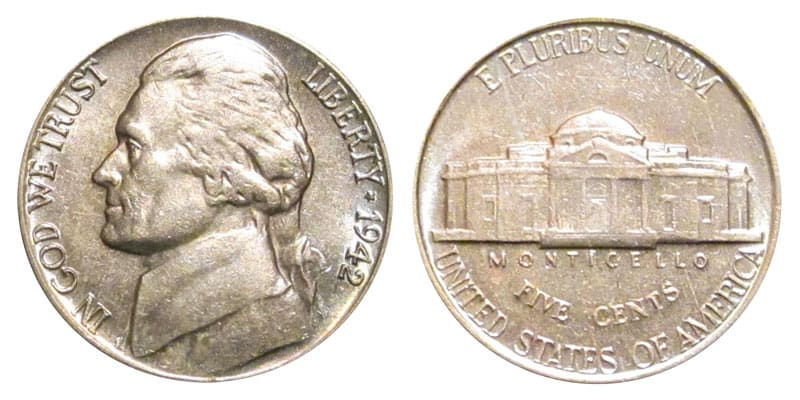
World War 2 was at its height during 1942, to the point that it impacted American coinage. In the middle of the year, nickel was so important that they had to stop minting nickels that use its eponymous metal. Although it was later proven that this change in composition had a statistically negligible effect, the wartime nickels were proof that sacrifices of this scale were to be had to win a global conflict.
In this article, we will be learning about the 1942 nickel, its value, its many varieties, grading, and the riveting questions that you might have about this important piece of history.
1942 Nickel Value |
||||
| Mintmark | MS60 | MS63 | MS65FS | MS67FS |
| 1942 No Mint Mark P Nickel (Type 1) Value | $8 | $14 | $100 | $2,600 |
| 1942 P Nickel (Type 2/Silver) Value | $6 | $12 | $60 | $575 |
| 1942 D Nickel Value | $22 | $36 | $70 | $425 |
| 1942 S Nickel Value | $7 | $15 | $80 | $725 |
| 1942 P Proof Nickel (Type 1) Value | $25 | $45 | $4,100 (CAM) | $5,000 (PR66CAM) |
| 1942 P Proof Nickel (Type 2/Silver) Value | $50 | $325 (CAM) | $2,700 (CAM) | $15,000 (CAM) |
1942 No Mint Mark P Nickel (Type 1) Value
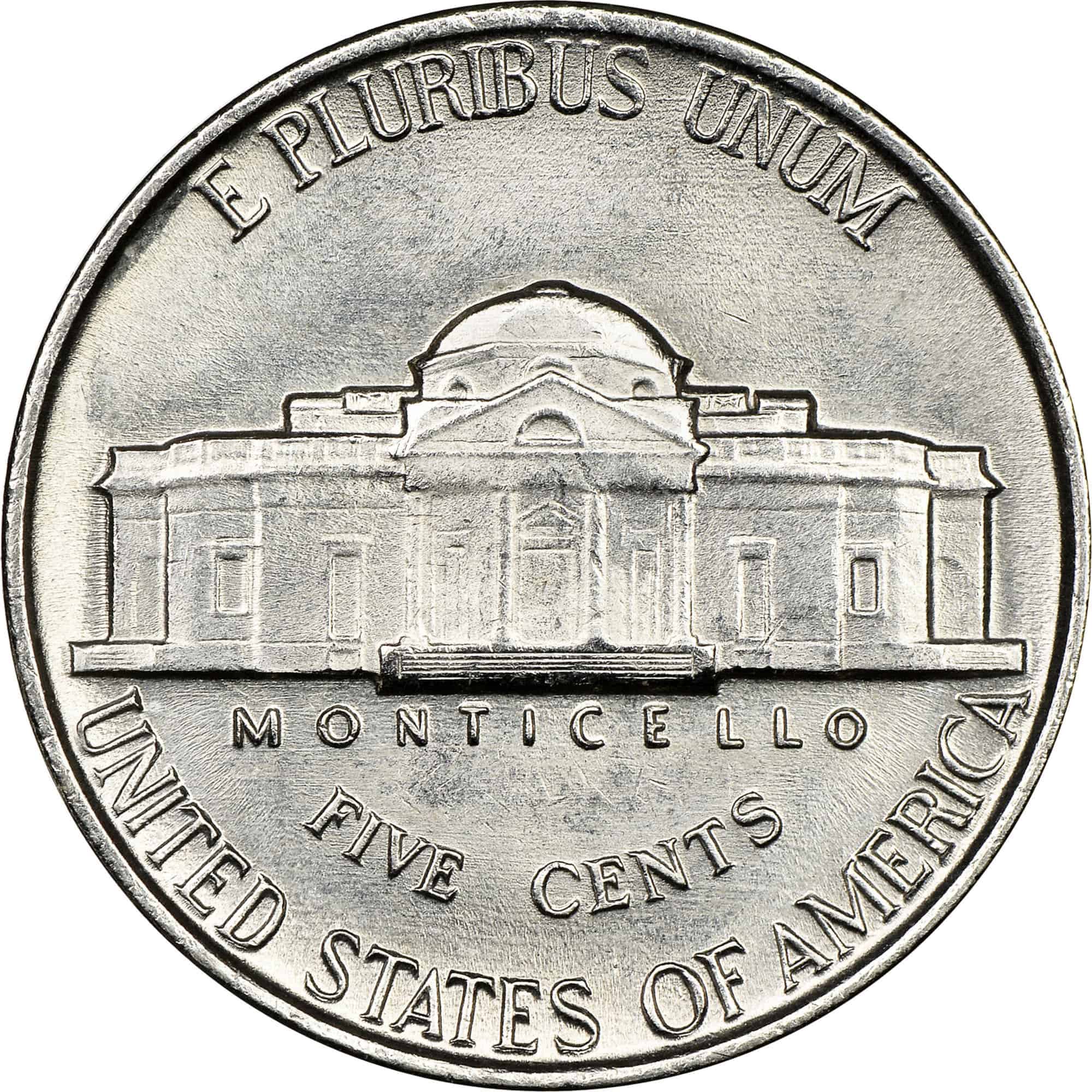
The 1942 nickel is part of the Jefferson nickel coin series, primarily featuring the Founding Father President Thomas Jefferson. The coin series has a lot of varieties, and the 1942 issue is part of the wartime nickels, sporting the original design and undergoing a composition change as the Second World War waged on.
In the midst of 1942, nickel was deemed a critical war material used for manufacturing weapons and military vehicles, so the US Mint was ordered to change the composition of the nickel, in order to pool more nickel for the war effort. Before the change, the nickel was made of 75% copper and 25% nickel. This coin is categorized as Nickel 5C by NGC, or Type 1 by PCGS.
The shift caused the mintage of this specific coin to plummet; except for the first year of the Jefferson nickel series, the 1942 issue, even including the Type 2, from the Philadelphia Mint was the lowest even during the war (although lower mintages have been recorded after the war), with only over 49 million coins produced for the Type 1. In comparison, the average mintage of Philadelphia coins before 1942 was around 166 million pieces.
However, despite this low mintage, this coin is relatively easy to find across all grades. Unfortunately, these coins do not exhibit an amazing look. By the time the dies were still used in production for the 1942 nickels, they have been worn and their luster was, well, lackluster. The 1942 issue was generally not a well-struck issue. Coins with Full Steps designations are pretty hard to find.
1942 no mint mark nickel comes at a low price, with the uncirculated pieces costing $8 at MS60, then costing $24 before the gem grades. A non-FS MS67 will reach $285, before spiking to $2,500. FS coins cost a bit higher, starting at $12 and then up to $45 before gem grades. Gems start at $100, then peak at $8,500 for the highest grade available, MS67+FS.
The current auction record is an MS67 piece that sold for $11,500.
1942 D Nickel Value
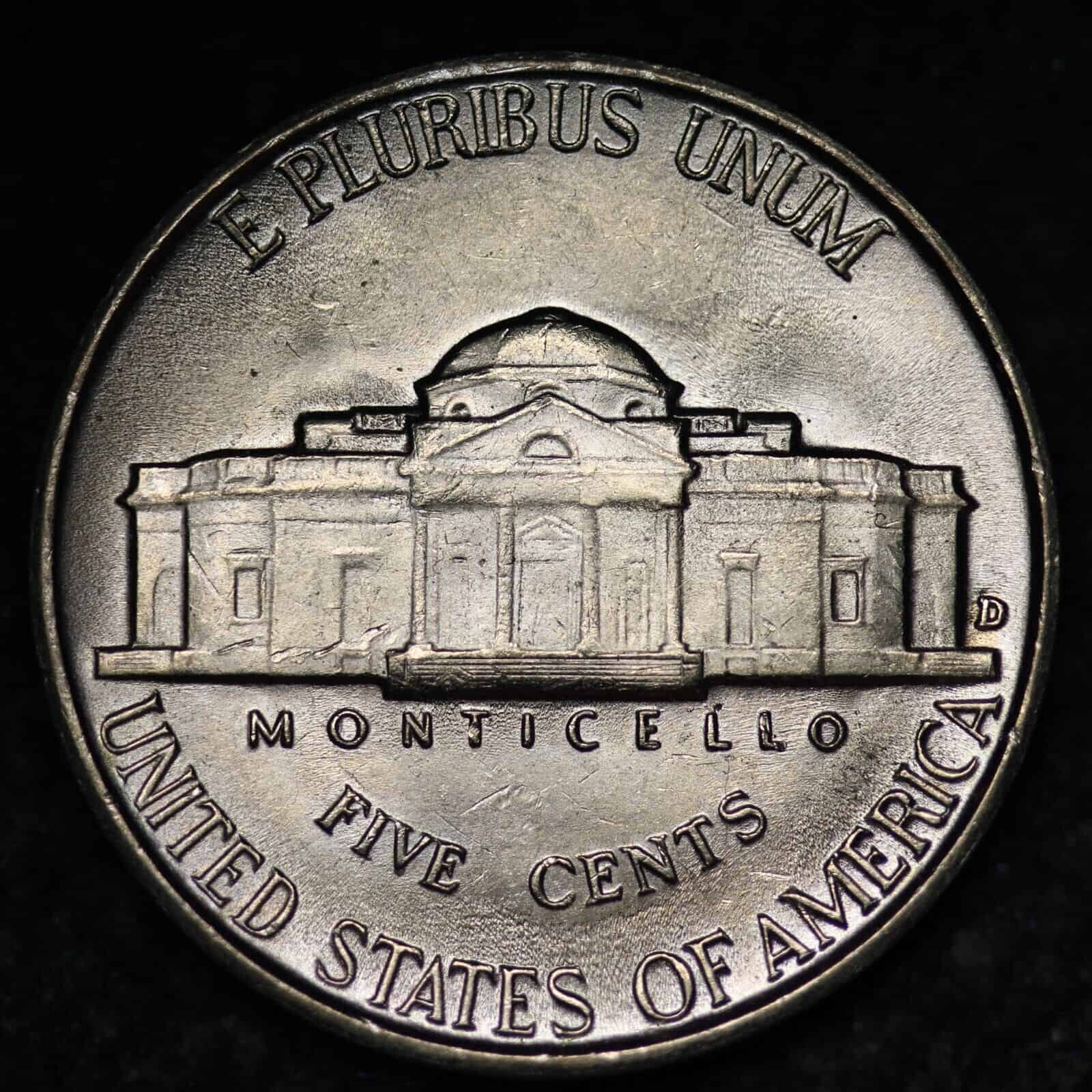
While the Philadelphia Mint continued to mint the new wartime nickels in the middle of 1942, the Denver Mint has already finished its allocated mintage for the year so the 1942 D nickels are not part of the wartime nickels.
Although its mintage was not a record low for the mint, the 1942 D nickel is considered a key date in the series. Due to the circumstances of its mintage year (being in a war and the lack of coins in circulation), the coins were thought to have been widely circulated. Uncirculated 1942 D nickels are a rarity and command a higher premium than the rest of the varieties at MS60 and above.
The 1942 D nickel starts at $1.46 for circulated grades, but uncirculated coins start higher at $22. The price steadily increases until MS66+, then peaks at $225 for MS67. FS coins are worth more, at $24 for MS60 up to $160 for an MS66+. An MS68FS coin would cost you $6,250.
The current auction record price is $4,320 for an MS68FS piece.
1942 S Nickel Value
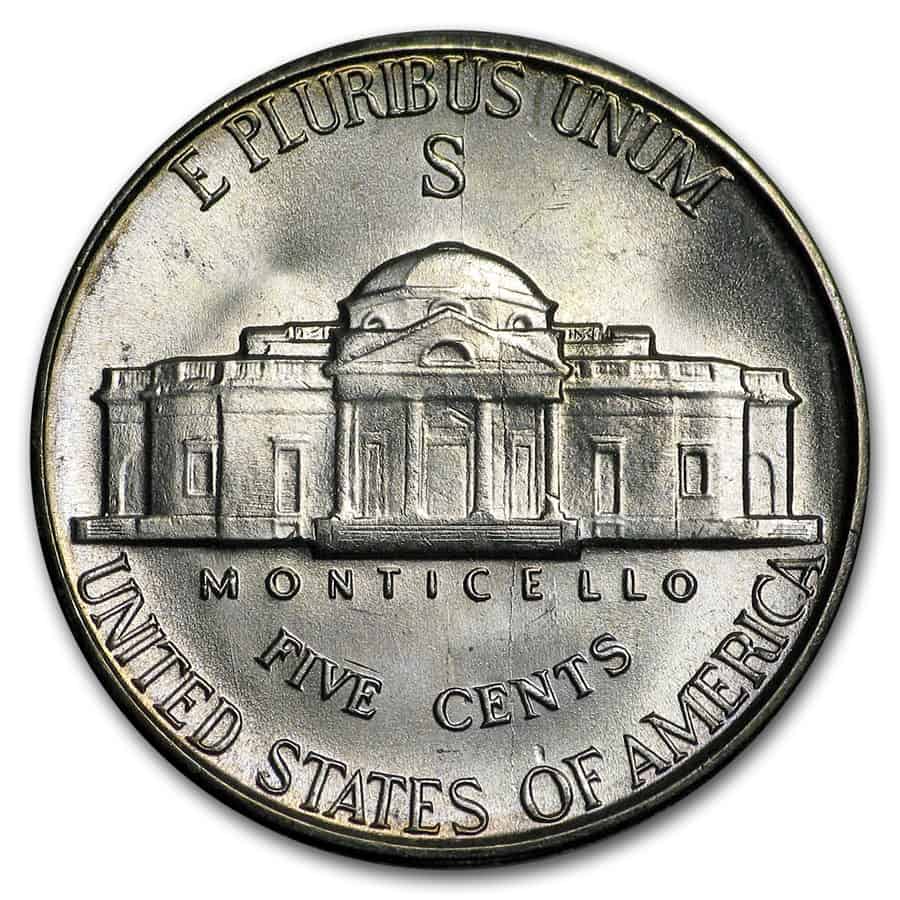
The San Francisco Mint didn’t produce the original 1942 nickels for this year, although they eventually minted the wartime nickels with the Philadelphia Mint. Because the alloy used for the coins was softer, it increased the longevity of the dies as well as was able to produce sharply struck coins. As a wartime nickel, the large S mintmark is placed above the Montecillo.
Just like the rest of the varieties, the 1942 S nickels were also very well-preserved, being plentiful across all grades. Many Mint State coins are also gem specimens, which have amazing quality and are generally aesthetically pleasing to look at. This also supports the fact that some coins from this issue are certified to be prooflike.
The 1942 S nickels start at $7 for MS60, steadily increasing up to the common gem grade MS66, which costs $80 and then peaks at $5,000 for an MS68 piece. FS coins start at $8, steadily increasing to the gem grades. Gems start at $80, and peak at $8,000 for an MS68 coin.
The current auction record price is $4,888 for an MS67FS specimen.
1942 P Nickel (Type 2/Silver) Value
Before 1942, all nickels were made with 25% nickel. However, with the Second World War heightening in 1942, nickel was deemed a critical war material, used for armor plating. In March 1942, the government ordered the Mint to design a new alloy for the coins, one which eliminates nickel from its composition.
The Mint then settled on a new composition: 56% copper, 35% silver, and 9% manganese. The new coin started production on October 1942. The resultant coin became easily distinguishable by its brighter color. When the coin degrades in quality, it exhibits a greenish color.
To help differentiate these wartime nickels, the Mint used large mintmarks placed above the Montecillo on the reverse of the coin, instead of on the right side of the Montecillo. The idea was to pull the coins out of circulation once the war was over. The 1942 P Type 2 nickels were the first coins to ever have the P mintmark from the Philadelphia Mint.
Despite being only produced starting in the final quarter of the year, the Mint managed to mint over 57 million pieces. The 1942 Type 2 nickel was widely hoarded, with it being a most peculiar case. That’s why these coins are relatively plentiful across all grade conditions, even up to gem grades. However, FS coins still make up a minority of the population.
Because of the addition of silver to the mix, the 1942 P Type 2 nickels exhibit a nice luster with an overall better strike. Gem specimens are especially lustrous and pleasantly aesthetic, especially those with the Full Steps designation.
The 1942 P Type 2 nickels start at $6 for an MS60 piece. Gem pieces are also relatively cheap at $45 for an MS66+ coin, then peak at $3,600 for an MS68 specimen. Coins with the Full Steps designation command a higher premium, starting at $8 for MS60FS. The price quickly ramps up at gem grades, with an MS65FS piece usually priced at $60, although it only peaks at $1,650 for an MS67+ coin.
The current auction record is an MS68 (non-FS) coin, which sold for $5,950. The auction record for an FS coin doesn’t fall far; an MS67+FS coin sold for $5,288.
1942 P Proof Nickel (Type 1/Nickel & Type 2/Silver) Value
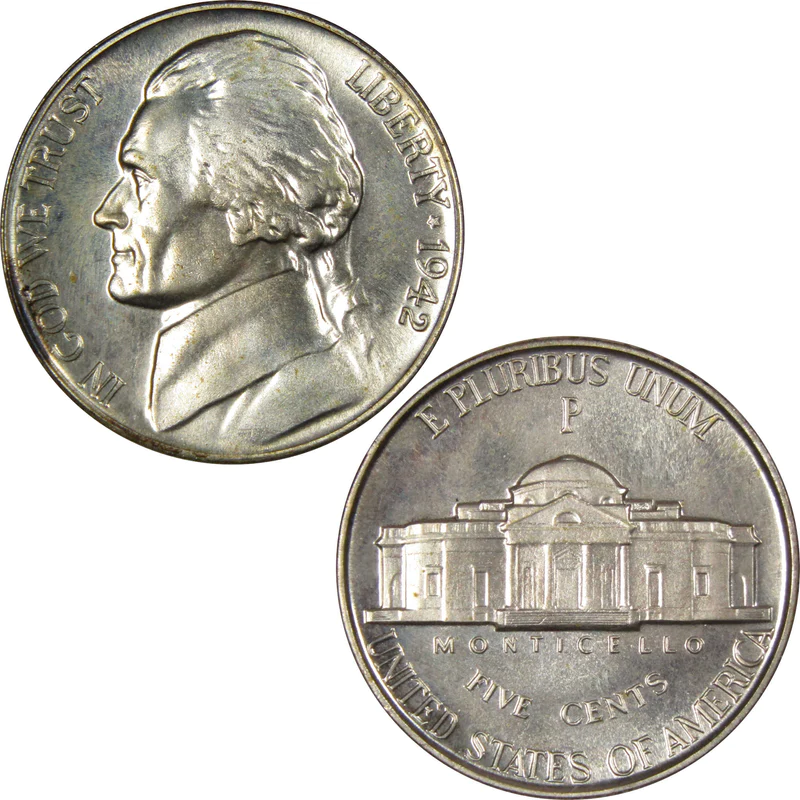
The US Mint has perfected the proofing process by this time, although improving the cameo effect on the proof coins was an area that they still needed to work on. Nevertheless, this meant that non-Cameo proof coins were plentiful, even up to today.
Because there were two varieties of coins produced during 1942, the Philadelphia Mint also produced proof versions of each coin. The Type 1 (nickel) proof was usually readily available in proof sets, while the Type 2 (silver) proof was often sold as a single coin after all proof sets were sold out. Both proof coins combined had a mintage of over 56,000.
The 1942 P proof (Type 1) is the cheaper one, starting at PR60 for $25 and peaking at $2,400 for PR68. CAM varieties are only found in PR65-66CAM, priced from $4,100 to $5,000.
The 1942 P proof (Type 2) commands a higher premium, with starting prices of $50 for PR60. It steadily increases into the last common rarity, PR67, which costs $300. It peaks at PR69, priced at $32,500. CAM varieties are only found from PR63-67+CAM, costing around $325 to $25,000. The only DCAM variety found is PR66DCAM, priced at $6,500.
The current auction record price for the Type 1 proof is $11,750 for a PR68 piece. Meanwhile, the current auction record price for the Type 2 proof is $14,100 for a PR67CAM piece.
1942 Full Steps Nickel Value
The Jefferson nickel series have a special grading designation given by coin grading services. It is called Full Steps, which refers to the steps found on the Montecillo. A coin with the Full Steps designation is usually highly valued by collectors because this indicates that the coin has a good strike, which can be rare.
Generally speaking, the Full Steps designation is given when the six steps of the Montecillo are distinct and not broken. While PCGS only has the Full Steps designation, NGC further refines it into 6 Full Steps and 5 Full Steps.
Note that since the steps can only be retained if the coin is free from circulation damage, the designation can only be given to coins with a grade of MS60 and above.
1942 Nickel Grading
Like any other coin, the 1942 nickels are subject to the Sheldon grading scale, a numerical scale used to judge the quality of a coin. It starts from 1 and ends at 70, and is often accompanied by qualitative descriptions like Good, Almost Uncirculated, and Mint State.
Aside from that, the 1942 nickel has a special grading designation called Full Steps. Coins with the Full Steps must be graded MS60 or above and exhibit a clear distinction of the steps found on the Montecillo.
Rare 1942 Nickel Error List
1942 Nickel DDO Error
The doubled die error refers to an error in the manufacturing process. Dies are used in making coins, while hubs are used in making dies. Multiple punches are usually done to transfer the design from the hub to the die. If subsequent strikes fail to properly align the previous strikes, a duplicate design appears on the die, which then appears on all coins that use that die.
The 1942 P (Type 1) nickel has a prominent doubled die obverse error. You can clearly see it in the text on the obverse, such as the date, on the E TR section of the motto, and on the Y of LIBERTY.
The current auction record price for this error is $765 for an MS65FS coin.
1942 Nickel RPM Error
The repunched mintmark error refers to an error where the mintmark is repunched in such a way that two mintmarks are distinguishable on the coin. The repunched mintmark is different from a doubled die because the mintmark is punched separately from the die.
The 1942 D nickel has a unique case of RPM error since instead of being misaligned, the mintmark underneath is instead rotated 90 degrees to the right. This RPM variety is popular among collectors because it is such a strong and clear error that can be easily seen.
Other known varieties include another RPM error on the 1942 S nickel, which has the large S mintmark, and the 1942 P (Type 2) nickel, which has the large P mintmark.
The current auction record price is $32,200 for an MS64FS coin with this D/Horizontal D error.
1942 Nickel FAQ
Were all 1942 nickels silver?
No, not all 1942 nickels were made of silver. During the earlier parts of the year, the Philadelphia and Denver Mints produced nickels in their original composition: 75% copper and 25% nickel. However, at the height of the Second World War, the Mint was ordered to produce nickels without nickel.
The Mint ended up with a composition of 56% copper, 35% silver, and 9% manganese. Nickels with this composition, which were minted from 1942 to 1945, were called wartime nickels. In 1942, only the 1942 P (Type 2/Silver) nickel and the 1942 S nickel have silver on them.
Do all 1942 nickels have mint marks?
No, not all 1942 nickels have mint marks. As tradition has it, the Philadelphia Mint did not place mint marks on the coins they minted, at least during the first parts of 1942. These coins are called Type 1 nickels.
When they shifted into the new composition with silver, the Philadelphia Mint broke tradition by adding the very first P mint marks on an American coin. These coins are called Type 2/Silver nickels.
Additionally, they placed the mint mark differently than the original marks. On the 1942 D nickels, which were not considered wartime nickels, the mintmark was a small D on the right side of the Montecillo, found on the obverse. The 1942 P Type 2 and S nickels have a large mint mark and had those placed above the Montecillo instead.
What is a 1942 Type 2 nickel?
A 1942 Type 2 nickel refers to a nickel minted by the Philadelphia Mint in 1942 that had a composition with silver. As part of the war effort, the Mint was charged to use an alloy that didn’t use nickel in the middle of the year. Coins using this new composition are designated as Type 2 nickels. The name is officially used by PCGS. NGC uses a different name, Silver 5C coins, but both names refer to the same kind of coin.
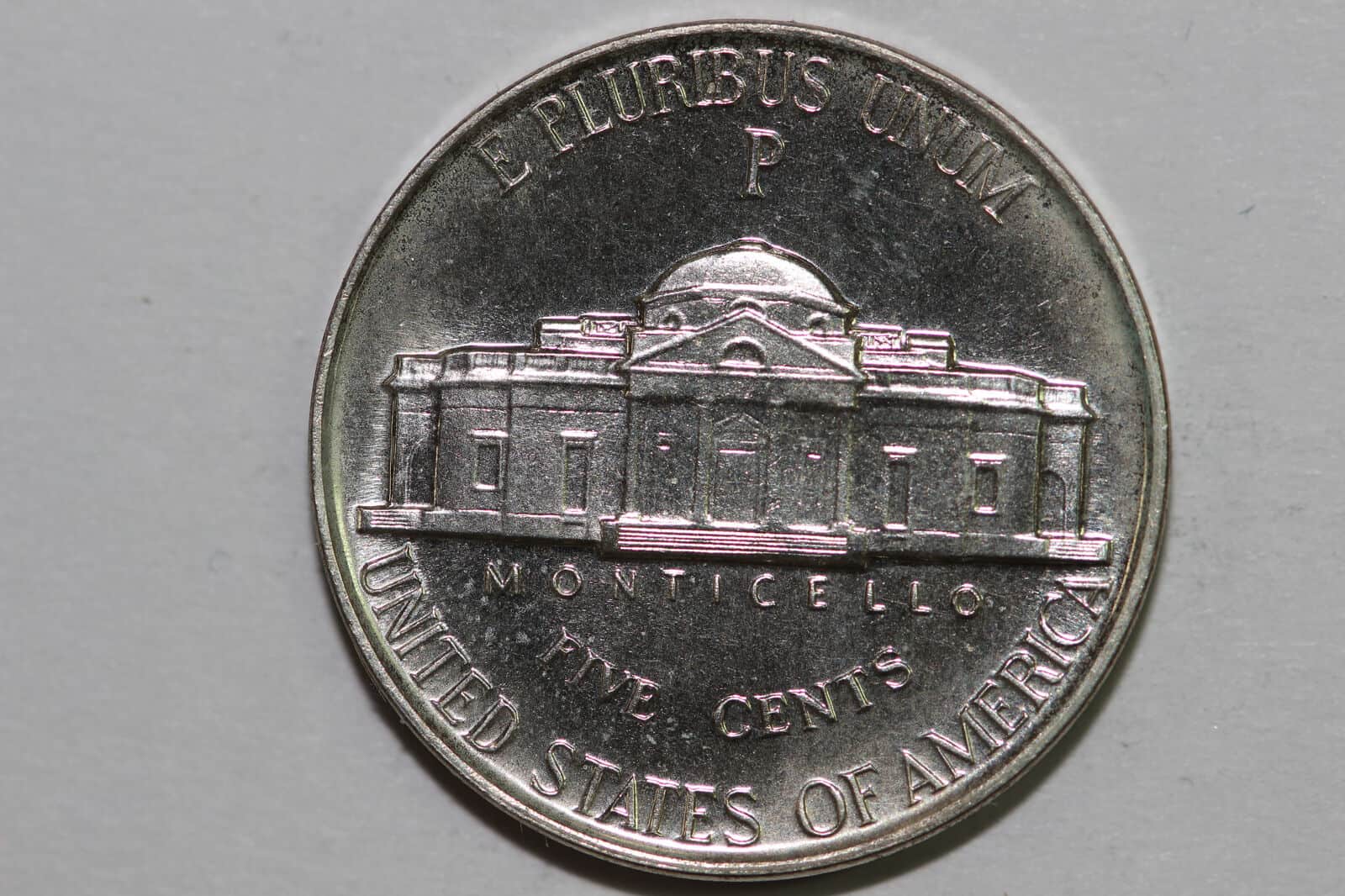
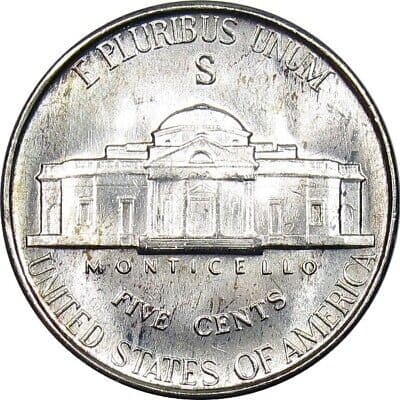
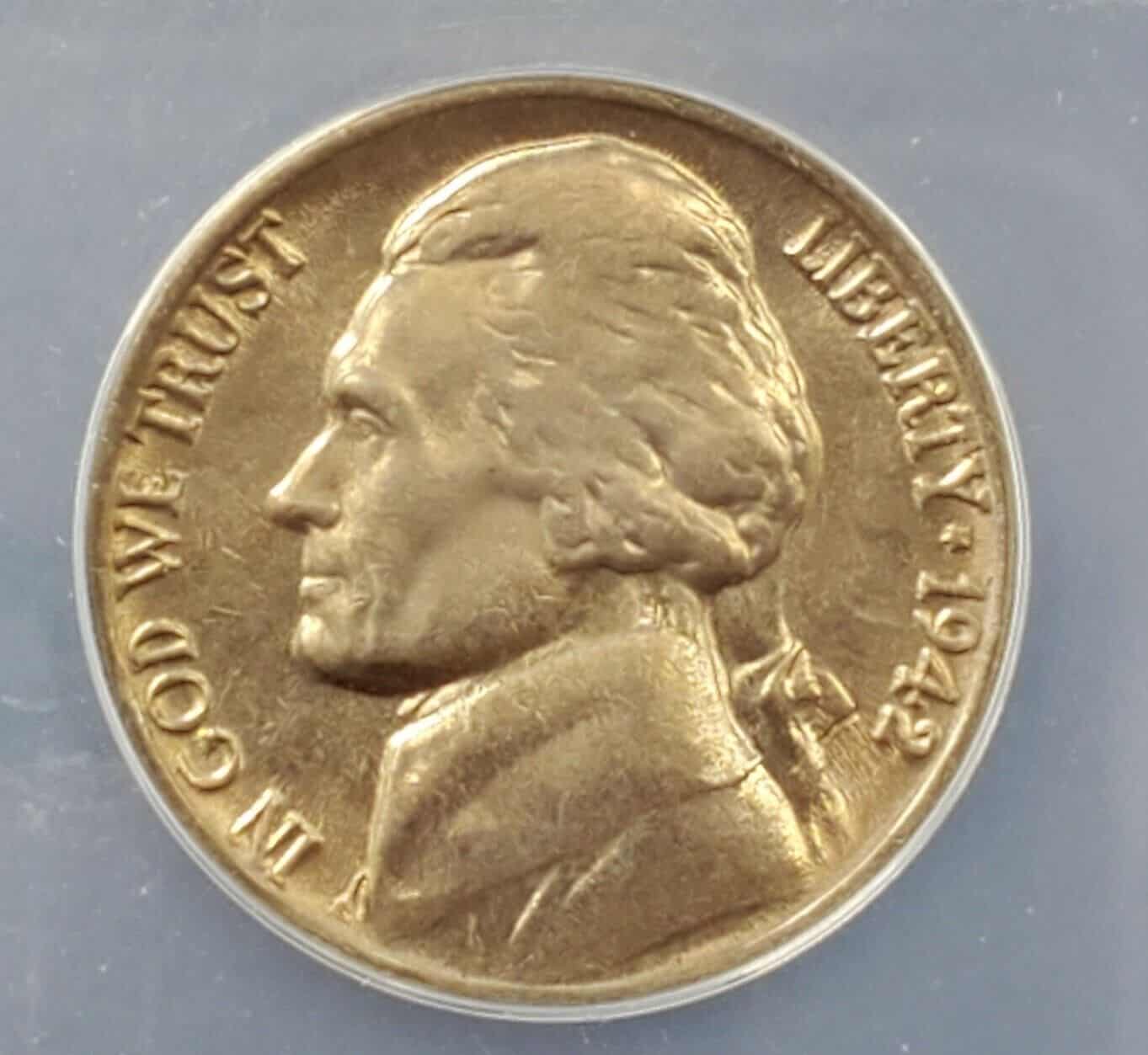
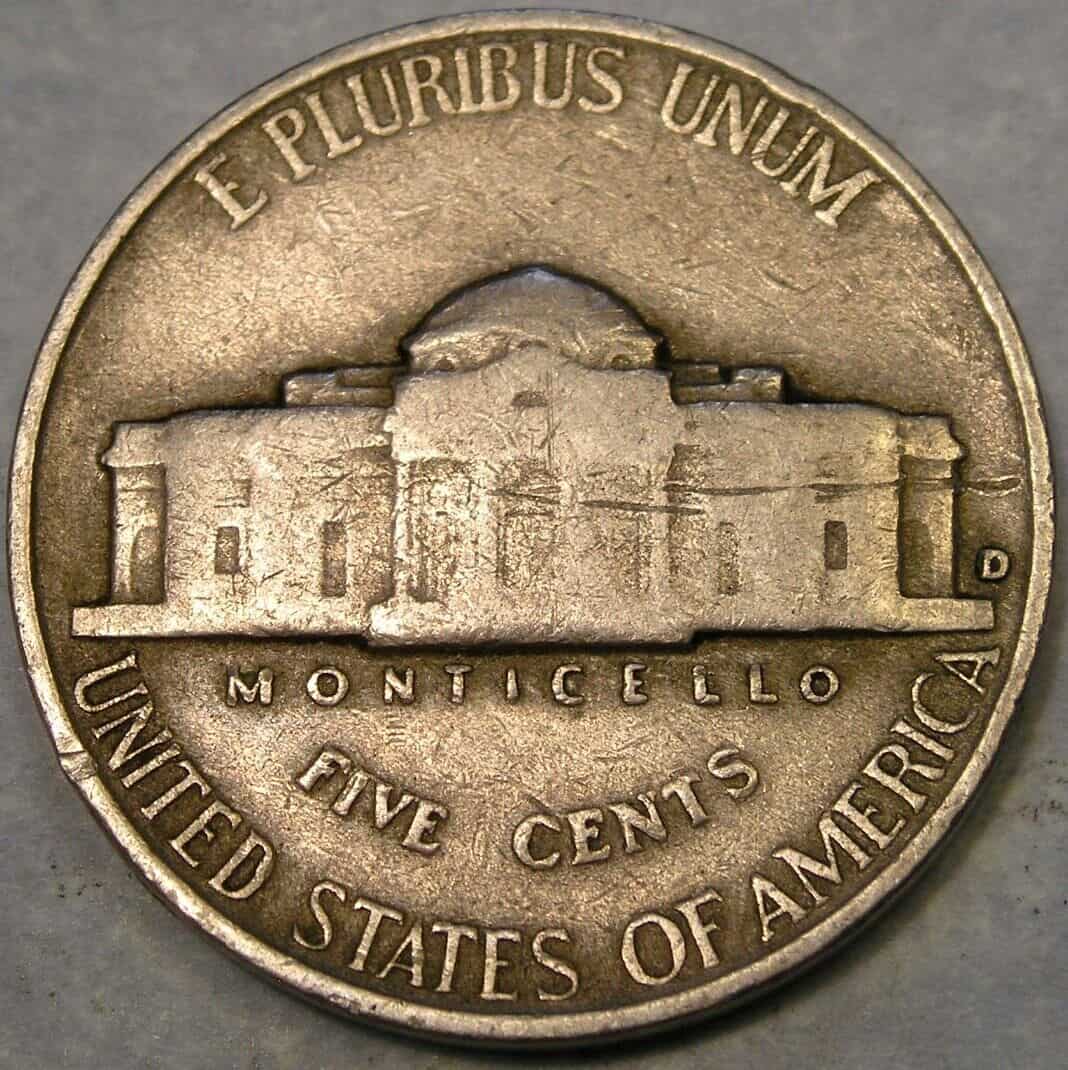
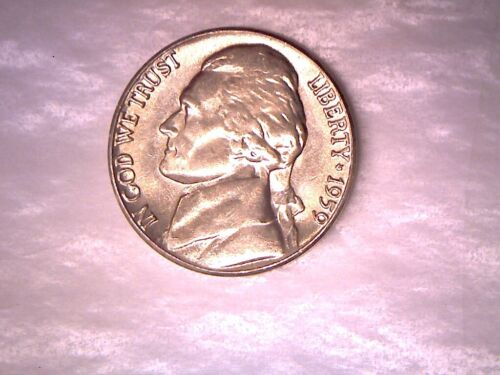
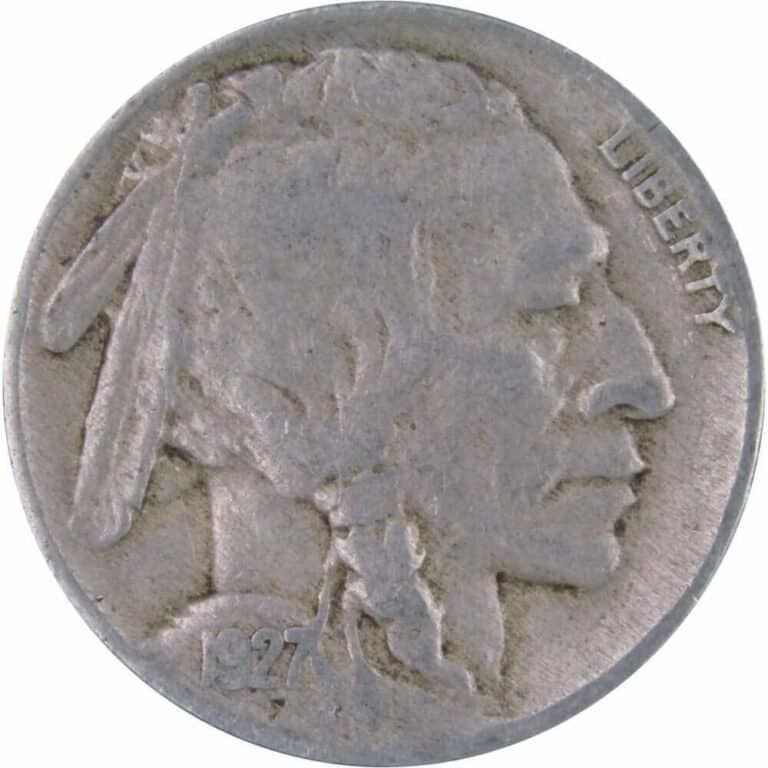
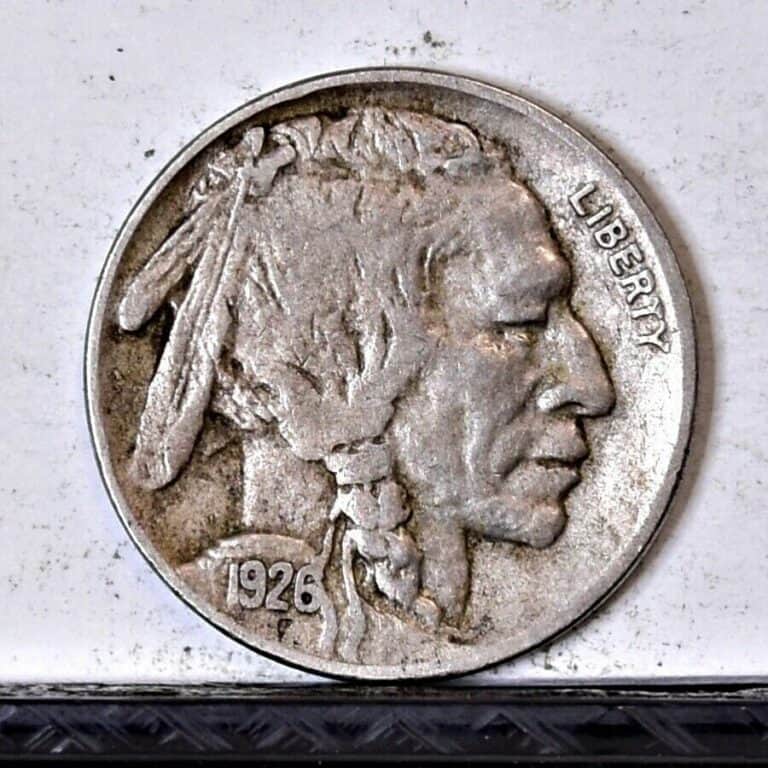
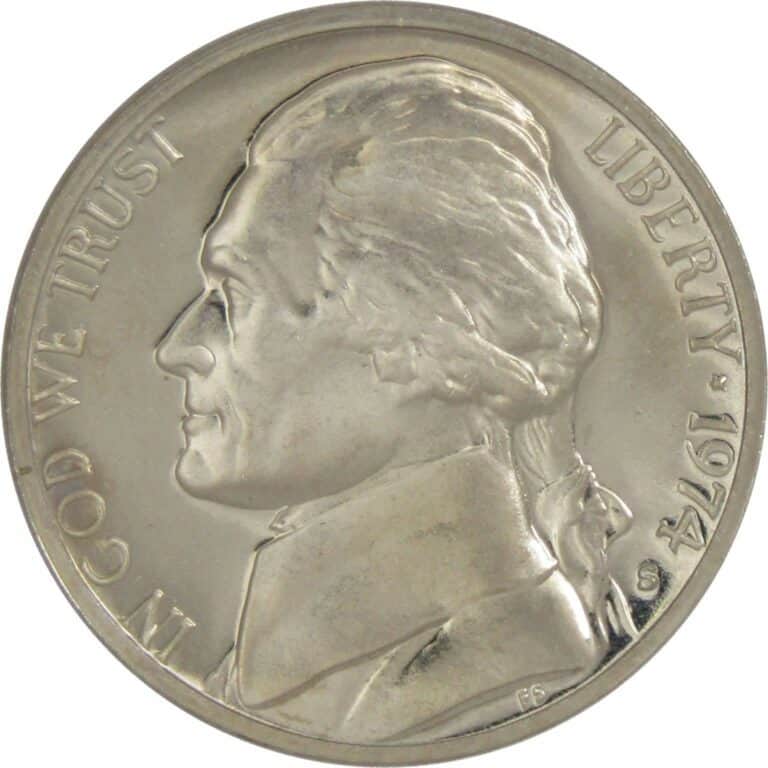
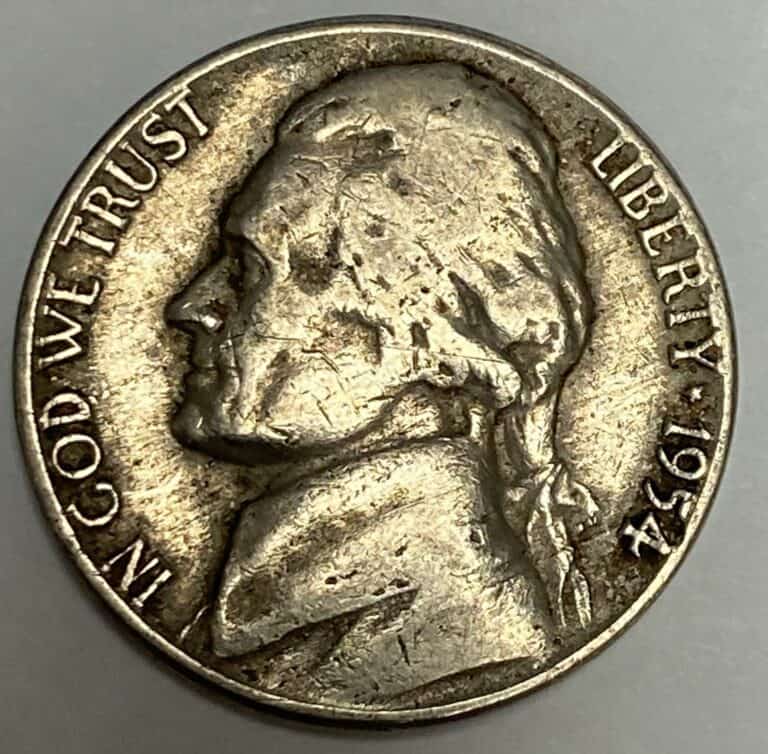
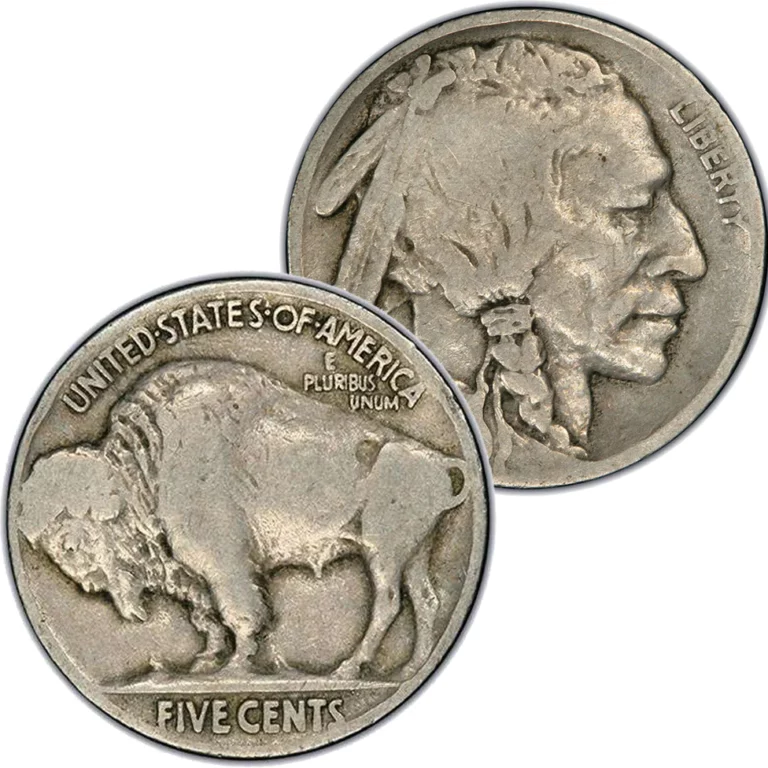
Hello I have a 1940 nickel was Price is for that